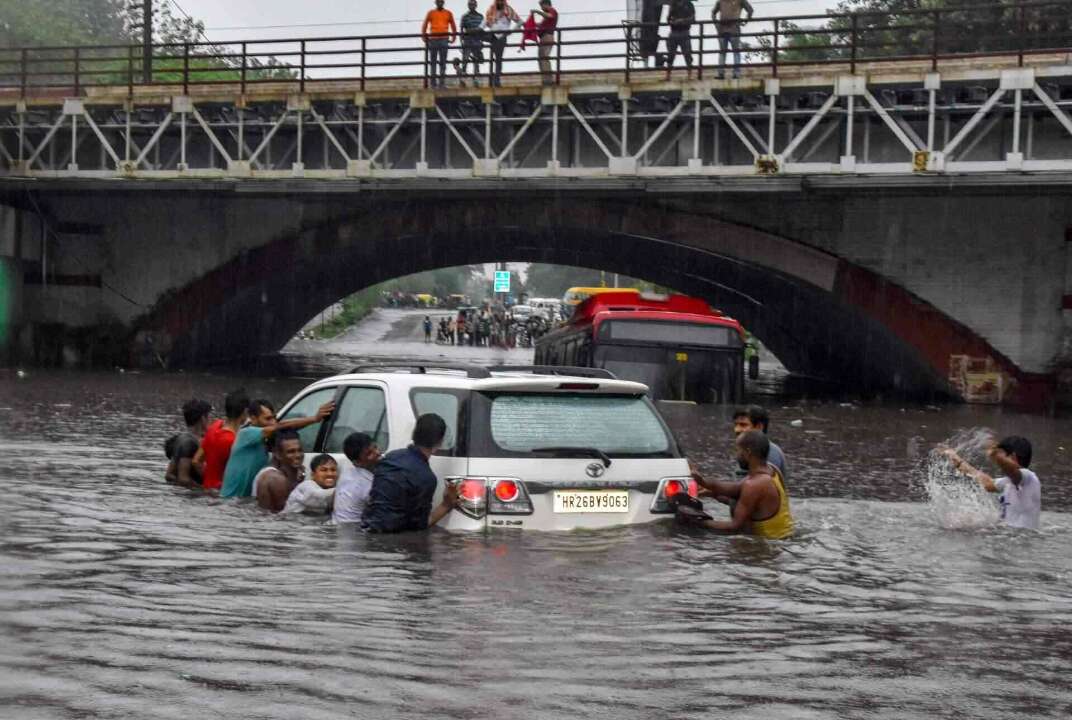Need to revamp
Existing technologies can be leveraged to build better infrastructure for wastewater management

Recently, the National Green Tribunal slammed the civic authorities in Bikaner over a report on non-functional sewage treatment plants on account of financial constraints. NGT flagged it as a violation of the Water Act and the citizen's right to clean water. Tribunal gave one last opportunity for compliance, failing which the secretary of the concerned department and the member secretary of state pollution control board will be held accountable under sections 25 and 26 of the NGT Act (2010). This judgment is obviously a reminder for the concerned departments across all states to adhere to pollution control norms. If we critically analyse the status of urban water bodies and rivers across cities, violation of the Water Act and also the citizen's rights have become a never-ending problem.
The Santragachi lake in Howrah — a great place for migratory birds — is severely polluted, and is no longer fit to harbour any wildlife and fish, as reported by West Bengal PCB. This avian hotspot is surrounded by massive heaps of garbage. Similarly, many lakes in Bangalore have become severely polluted. These polluted water bodies are not only responsible for adverse impact on human health, but also contaminate groundwater and air.
Though the judgment of NGT may compel the concerned authorities to make the STP functional in Bikaner, overall wastewater management, in the long run, remains elusive. Most surprisingly, pollution control boards in states and at the Centre, from time to time, report pollution of water bodies as if they have no role in controlling pollution at the source. These shortcomings may be attributed to the apathy of the top management to take constructive administrative decisions; and also, to the mindset of scientists and engineers; lack of political will and poor governance in the environment sector.
In general, the sewage problem in Indian cities is more perplexing because the amount of wastewater is enormous — resulting from rapid urbanisation, dumping of solid waste and the extreme weather phenomenon. Though a large number of STPs are constructed in cities, many of them remain non-functional due to a lack of proper maintenance and requisite financial support. Considering the enormous volume of wastewater, poor sanitation system in populated cities, climate change and weather phenomenon, it is pertinent to mention that the wastewater problem cannot be solved simply by constructing STPs. In this piquant situation, there is an emergent need to think of a new strategy for urban wastewater management with emphasis on existing urban drainage systems and volume of wastewater and its composition. The strategy must be based on the perceived impact of climate change on wastewater system performance, mainly focusing on the effect of increased rainfall intensities on sewer storage tank performance, treatment efficiencies of stormwater retention ponds, combined sewer overflow (CSO) discharges and flood risk.
In this view, particularly in developing countries like India, resource efficiency and reduction of environmental impacts should be the key priority in developing urban wastewater infrastructure; as water, energy, chemicals, and nutrients are increasingly considered as resources to be conserved, reused and recycled in these places. In recent years, wastewater treatment (WWT) systems have been providing possibilities for nutrient recycling, and therefore, water, nutrients and energy cycles should be seen as interrelated. Advanced WWT is based on mechanical, biological, and chemical treatment. It is effective but requires huge resources for pumping, aeration, chemical production and transportation. Systematically operating WWT plants in the backdrop of climate change is a challenging task, particularly for developing countries. More demanding objectives, coupled with the scarcity of resources, create a need to develop innovative solutions, both in technologies and operations. These solutions must fulfil the environmental requirements in a way that is also acceptable according to society's economic and social limitations with reference to the recovery of water, energy, and nutrients which will make a particular WWT technology sustainable.
Despite all efforts to treat wastewater originating from industrial and domestic sources, overall urban water-related problems such as flooding, over-exploitation of groundwater, urban water shortages, wastage of rainwater remain persistent problems. For instance, the over-use of 'grey construction' such as concrete and asphalt in urban development has created impermeable surfaces that are not able to absorb discharges of wastewater. This leads to urban flooding, waterlogging and water pollution. This problem is further aggravated due to the disappearance of natural rainwater-retaining infrastructure including woodlands, green spaces, natural lakes and wetlands. Another major reason for water flooding and pollution is the problem of maladaptive drainage systems in urban regions. The inappropriate management of urban stormwater is not only detrimental to people's health, but to the aquatic ecosystems as well.
Scientists have proposed several concepts and theories for urban water planning. Now, policymakers, in consultation with engineers and scientists, must adopt a new approach to urban water management. It is essential, particularly in developing countries like India, to improve permeation, retention, better water storage, purification, water quality enhancement and drainage systems. In addition to this, prevalent technologies such as green roofs, green spaces, artificial rainwater wetlands, infiltration ponds and biological retention facilities need to be established. Though provisions of applying these technologies are already there but implementation has been very poor. Finally, their adoption must be scrutinised consistently to comprehensively assess the limitations and opportunities. This would help ensure a good balance between socio-economic development and environmental conservation.
The writer is a former Senior Scientist, Central Pollution Control Board. Views expressed are personal



